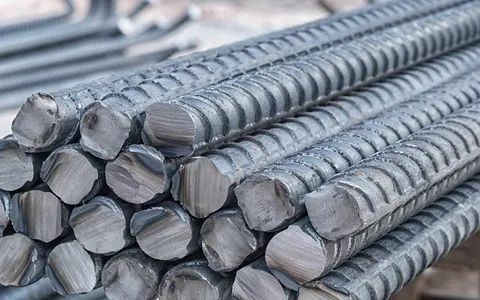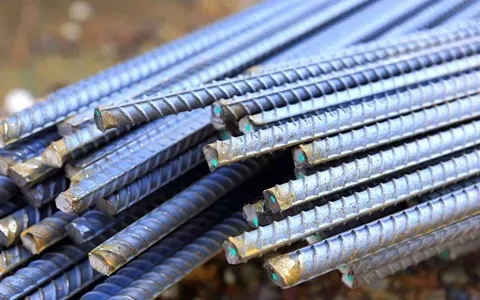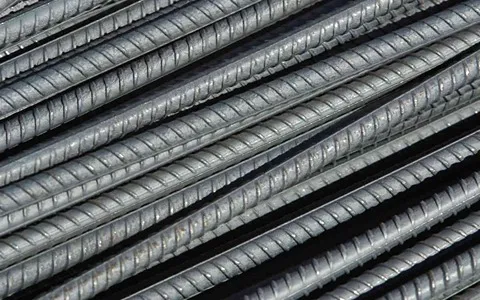When unprotected reinforcing steel will not have sufficient endurance in concrete, galvanized reinforcing steel can be used in its place to achieve the same results while saving money.
The vulnerability of concrete structures to the corrosion-causing effects of chlorides is the fundamental driver behind the use of hot dipped galvanized steel reinforcement in these structures.

Hot Dipped Galvanized Steel Rebar
Reinforcing steel that has been galvanized is especially effective in situations for which the reinforcement will be exposed to the elements before the construction even begins.
Galvanizing, in contrast to the vast majority of other coatings, provides a visible assurance that the steel has not rusted and does not require any on-site maintenance.
It is possible to galvanize reinforcing steel in order to reduce the rate of corrosion and provide both barrier and sacrificial protection.
When galvanized rebar is used, there is a far lower risk of the cracking, delamination, and spalling cycle occurring.
This is because the corrosion products of zinc are significantly less volumetric than those of steel.
Galvanized rebar, as opposed to bare steel rebar, gives reinforced concrete structures that are placed in hostile environments a significantly longer service life than bare steel rebar does.
This conclusion is supported by data collected in laboratories, and it has been verified by the findings of field tests.

Why galvanize steel rebar
Steel rebar is a relatively inexpensive construction material that is easily accessible and utilized all over the world.
It is ideal for a wide range of uses in the realm of building and construction.
The most significant flaw, on the other hand, is that the steel reinforcement has the potential to corrode, which can lead to discoloration, cracking, and failure of the concrete that surrounds it.
Since many years ago, hot-dip galvanized coatings have been widely utilized all over the world to preserve steel rebar in an effective manner.
Because of its higher corrosion resistance, concrete quality and coverage can be tolerated over a wider range of conditions.
There are at least five reasons why you should galvanize the steel reinforcement in your structure, and they are as follows: in order to prevent the steel rebar from corroding before it is placed in the concrete.

Hot Dipped Galvanized Steel Rebar uses
The reinforcement does not corrode because of the hot-dip galvanized coating, which is resistant to corrosion and prevents corrosion before the reinforcement is implanted in concrete.
When exposed to concrete, the galvanized covering corrodes at a much slower rate than steel does.
The potential corrosion products that are generated do not contribute to the formation of internal tensions that could cause spalling or delamination.
Corrosion products have a considerable volume when they are produced by uncoated reinforcement, which causes tensile stresses that ultimately contribute to the disbonding of the reinforcement and the cracking of the concrete.
The coating is hardy, making it more difficult for it to become damaged, and it offers sacrificial protection, which prevents rust from undercutting the surface.
Because zinc is anodic to steel, if there is ever a crack in the coating, the zinc that is immediately surrounding the break will corrode more quickly than the steel that is close to it, which will electrochemically prevent the steel from corroding.

Hot Dipped Galvanized Steel Rebar features
Because the coating is metalurgically bound to the steel, it is more durable and difficult to harm than other coating systems because of this.
Rebar made of galvanized steel enhances the amount of time that a concrete structure may function without requiring repair and significantly lowers the total cost of its lifecycle.
Uses for galvanized steel rebar in various applications Steel reinforcements such as galvanized rebar and other fittings (such as bolts, ties, anchors, dowel bars, and pipework) have been utilized in a wide variety of constructions and elements.

